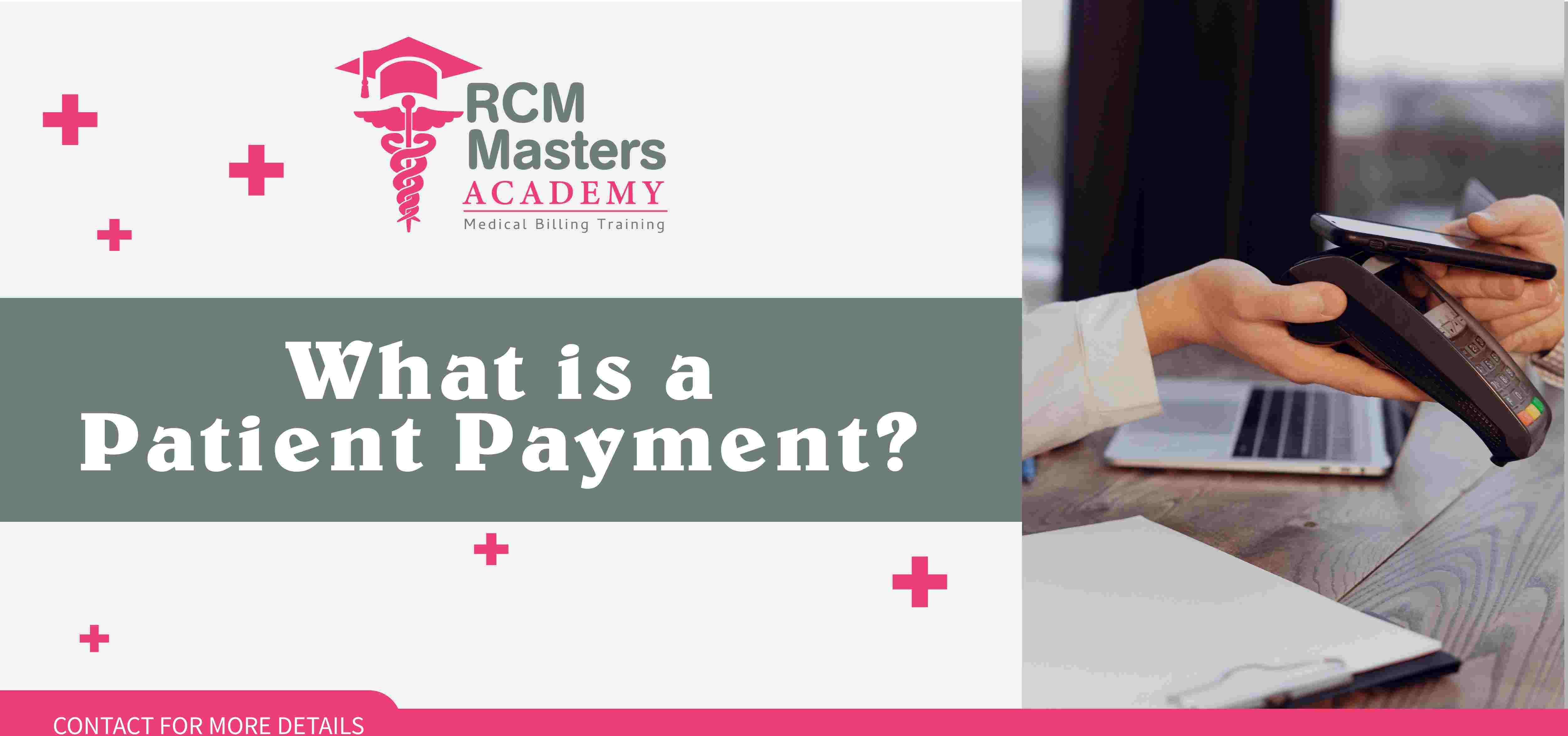 info@rcmmastersacademy.com
info@rcmmastersacademy.com

As healthcare costs continue to rise, patients are becoming increasingly responsible for a larger portion of their medical bills. Patient payments refer to the portion of medical expenses that patients are responsible for paying out of pocket.
These expenses can include co-payments, deductibles, and coinsurance payments. Co-payments are a fixed amount that patients pay at the time of service for a particular medical service, such as a doctor's visit or a prescription medication. Deductibles are the amount that patients must pay before their insurance begins to cover medical costs. Coinsurance payments are a percentage of the total cost of medical services that patients are responsible for paying after their deductible has been met.
Patient payments can be a significant financial burden for many individuals and families. In some cases, patients may delay or forego necessary medical care due to the cost. This can lead to worsening health conditions and higher medical costs down the line.
There are several strategies that patients can use to manage their medical expenses and make patient payments more affordable. One option is to negotiate with healthcare providers to lower the cost of medical services. Patients can also ask their healthcare provider about payment plans or financing options that can help them spread out the cost of medical expenses over time.
Another option is to use a healthcare savings account (HSA) or flexible spending account (FSA) to pay for medical expenses. These accounts allow patients to set aside pre-tax dollars for medical expenses, which can significantly reduce their out-of-pocket costs.
Patients can also explore alternative healthcare options, such as telemedicine or urgent care centers, which may be less expensive than traditional medical services. Additionally, patients can ask their healthcare provider about generic prescription medications, which are often less expensive than brand-name drugs.
It's important for patients to stay informed about their medical expenses and to take an active role in managing their healthcare costs. Patients can review their medical bills carefully to ensure that they are accurate and may appeal any charges that they believe are incorrect. They can also ask their healthcare provider to explain any charges that they don't understand.
In some cases, patients may qualify for financial assistance programs that can help them pay for medical expenses. These programs may be offered by the government, nonprofit organizations, or healthcare providers themselves. Patients can contact their healthcare provider or local social service agencies to learn more about these programs and to see if they qualify.
In conclusion, patient payments refer to the portion of medical expenses that patients are responsible for paying out of pocket. These expenses can be a significant financial burden for many individuals and families. However, there are several strategies that patients can use to manage their medical expenses and make patient payments more affordable. By staying informed and taking an active role in managing their healthcare costs, patients can ensure that they receive the medical care they need without breaking the bank.
You can enroll for our Online Medical Billing Training here: